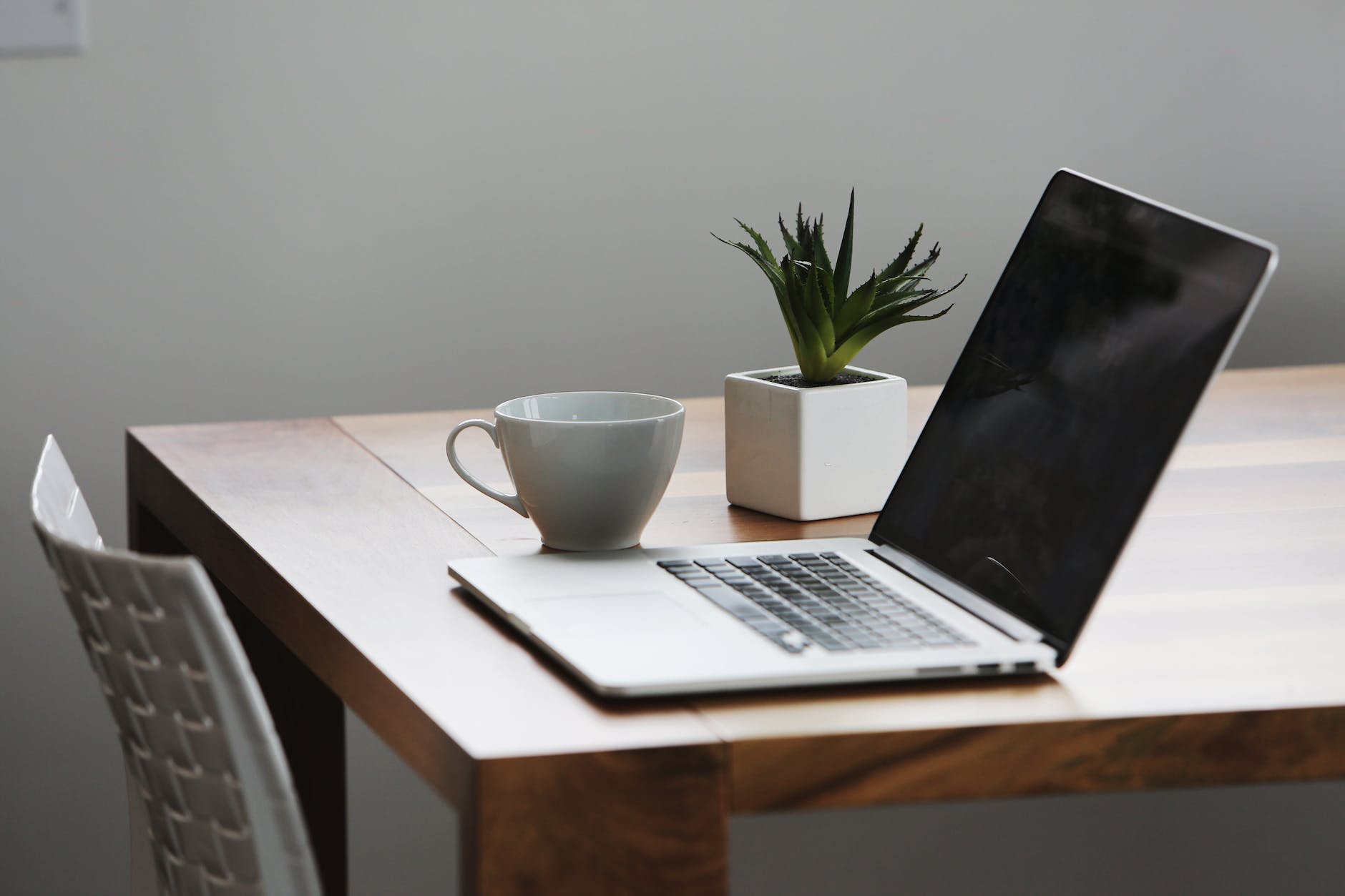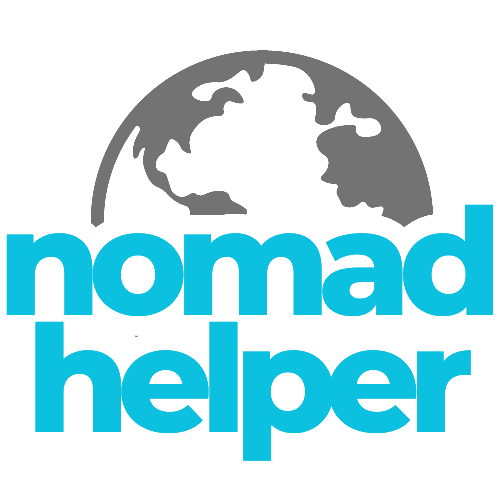Table of Contents
- The Rise of Digital Dependency
- Finding Balance in the Digital Chaos
- Cultivating Digital Mindfulness
- Setting Screen Boundaries
- Embracing Tech-Free Zones
- Finding Your Community
- Nurturing Offline Hobbies
- The Ongoing Journey
The Rise of Digital Dependency
Let’s kick things off with a bit of a back story. It all began on a stormy night—just kidding. But seriously, the realization hit me during a power outage. Suddenly, no Wi-Fi, no screens, nothing. At first, I was like a fish out of water, gasping for my social media oxygen. But after a while, I noticed something strange. I felt…calm? Yep, you heard me. I was so relaxed that if I was any more chilled out, I’d have to be stored in a freezer. And that’s when it dawned on me—I was way too plugged in. Since then, I’ve discovered that I’m not alone. In fact, according to a Pew Research survey, around 73% of adults in the US say they use YouTube, with an astounding 68% on Facebook. I’m convinced that the other 32% are either lying or are time travelers from 1995 trying to fit in.Finding Balance in the Digital Chaos
Alright, so we’ve established that there’s a digital dilemma. Now, how do we go about tackling it? It’s all about balance, my friends. And I don’t mean the kind of balance that involves walking across a tightrope while juggling smartphones. No, this is about finding the middle ground between staying connected and living in the moment. For example, I once tried doing a complete digital detox while on vacation in Rome. Let me tell you, trying to navigate those labyrinthine streets using an ancient paper map that I’m pretty sure was a relic left by Julius Caesar was… an interesting experience. After an hour of circling the same ancient ruins, I wasn’t feeling very zen. The lesson? Don’t toss the tech altogether—just use it wisely.Recommended article: Adopt a Digital Nomad Lifestyle for Personal Growth

Cultivating Digital Mindfulness
Okay, so onto some practical stuff—cultivating digital mindfulness. You see, there’s this beautiful concept called ‘mindfulness’ which basically means being present in the moment. Sounds simple, right? Well, throw in a few push notifications and suddenly you’re more distracted than a kitten in a yarn store. Nevertheless, I gave it a shot. I started with something called the ‘Do Not Disturb’ feature on my phone (groundbreaking, I know). It was a game-changer. Instead of my phone buzzing more than a bee in a flower shop, notifications waited patiently for me until I was ready. Combine that with specific times to check emails and social media, and bam!—I’m the master of my digital universe. There’s a great article by Mindful.org, that outlines some terrific strategies for cultivating digital mindfulness. Seriously, check it out when you’re done here (it’s a trap!).Setting Screen Boundaries
It probably won’t surprise you to hear that the average person spends over 3 hours a day on their phones. That’s like watching ‘The Godfather’ every single day. And as impressive as that sounds, it’s not exactly ideal for our well-being. In my case, screens were encroaching on my sacred bedtime routine. I’d scroll through emails or binge-watch series until my eyes resembled those of a nocturnal animal. I decided to morph into a strict parent for myself—I set a smartphone curfew. No phones an hour before bed. Full stop. Initially, it felt a little like when the waiter takes away your plate and there’s still food on it. But soon enough, my sleep improved and I stopped dreaming that my emails were chasing me. Speaking of screen time, the folks at Apple’s Screen Time and Google’s Digital Wellbeing had some epic tools that made it much easier to track and manage how much time I was spending with my eye glued to my devices. So, yeah, even the tech giants are on board with this whole digital well-being thing!Embracing Tech-Free Zones
Anyone who’s ever tried to hold a conversation at dinner while someone is scrolling Instagram knows the pain. So, I took action and introduced a tech-free zone during meals. At first, it was like going cold turkey—quiet, awkward, and filled with creative chewing sounds. But over time, it turned into a little sanctuary where conversations flowed and food was more than a prop for social media. You don’t have to build an electromagnetic field around your dinner table to create a tech-free zone, although let’s admit, that would be pretty cool. It’s more about committing to being fully present with the people around you. Pro tip: If the pangs of withdrawal are too intense, resort to a good old-fashioned argument about whether a hotdog is a sandwich—it’s oddly engaging.Recommended article: Work from Anywhere: Unveiling a New Work Philosophy



